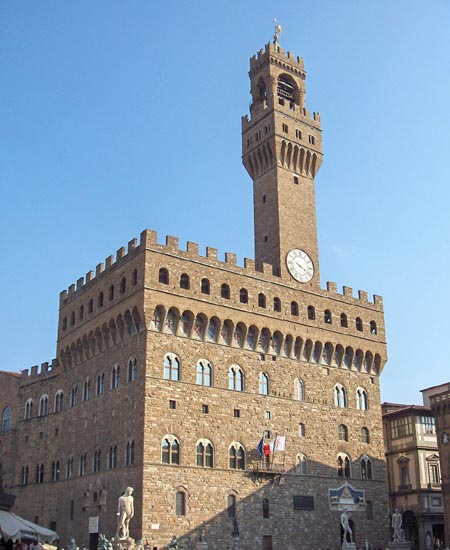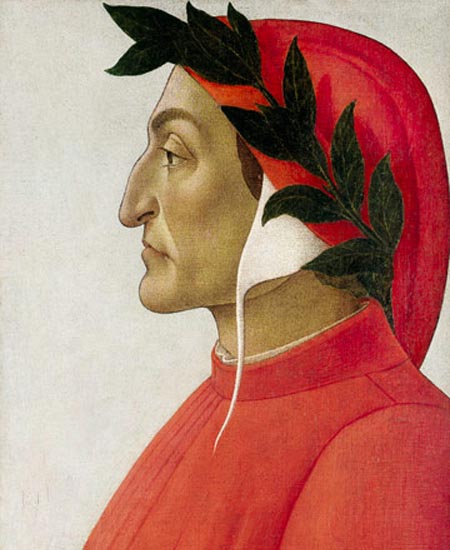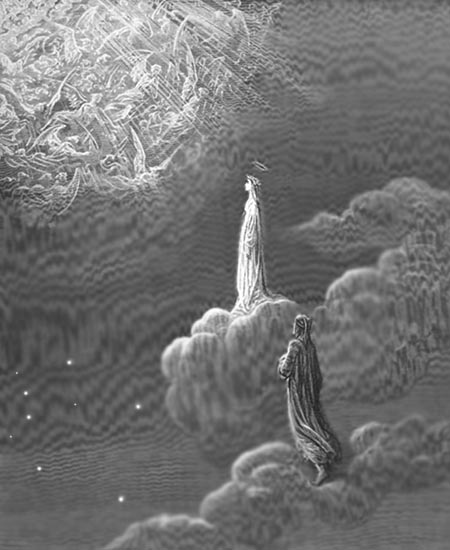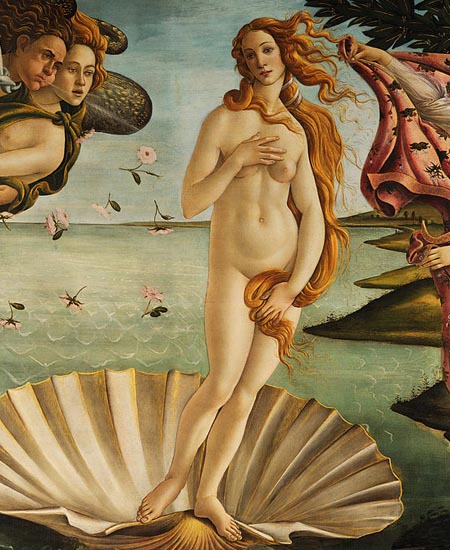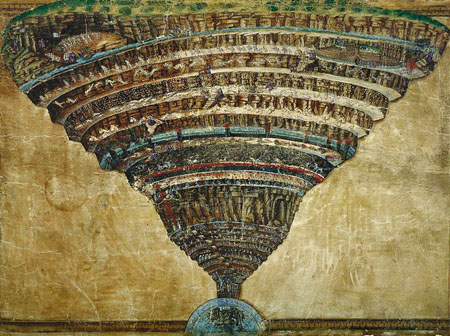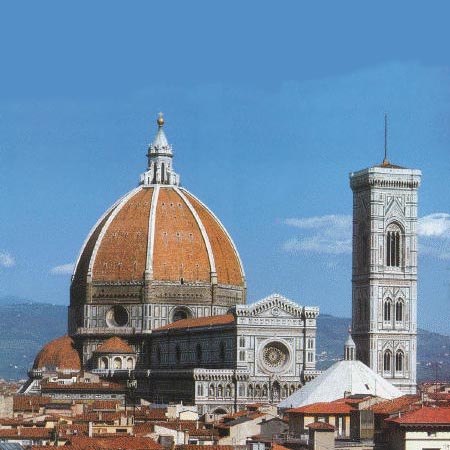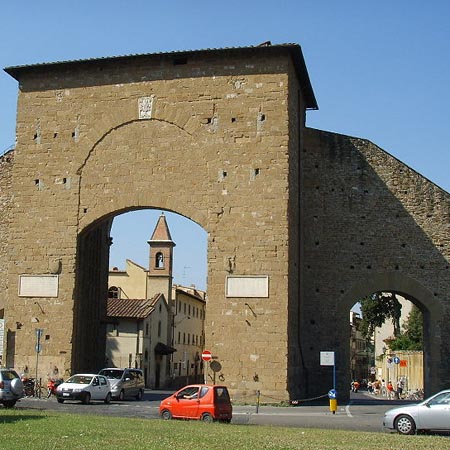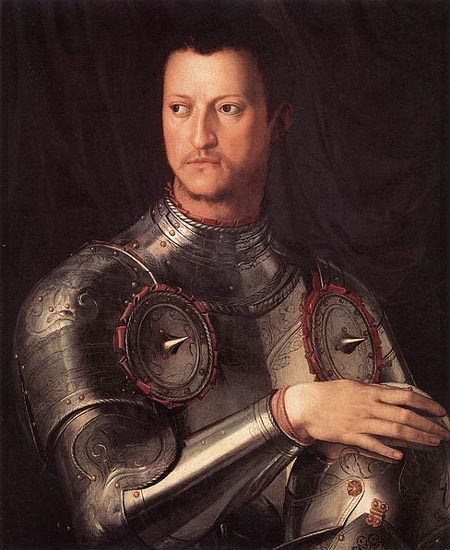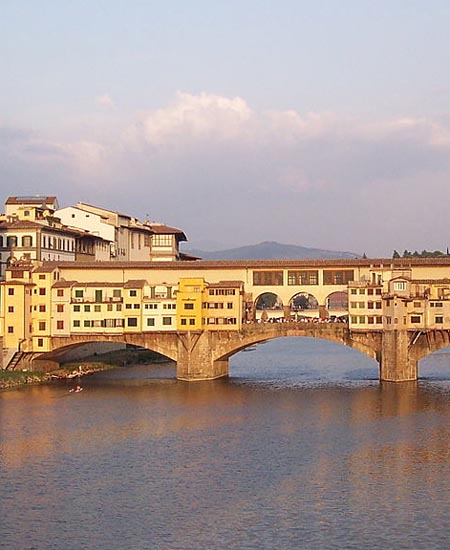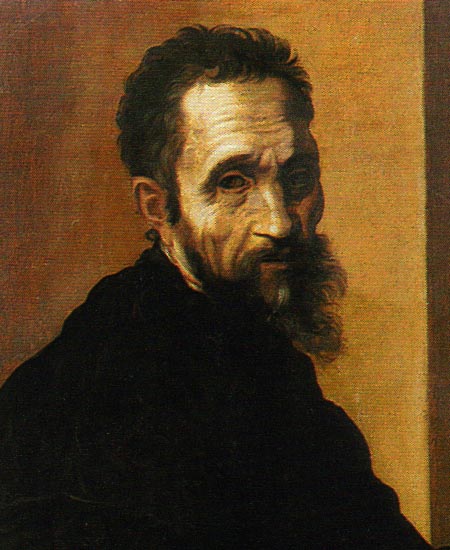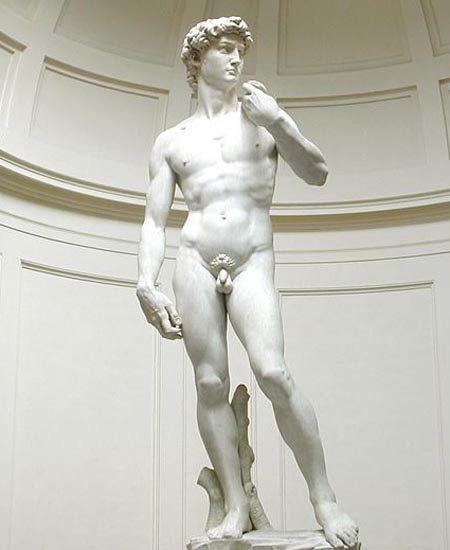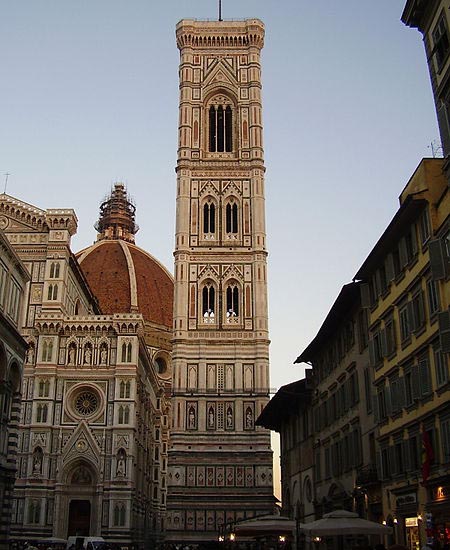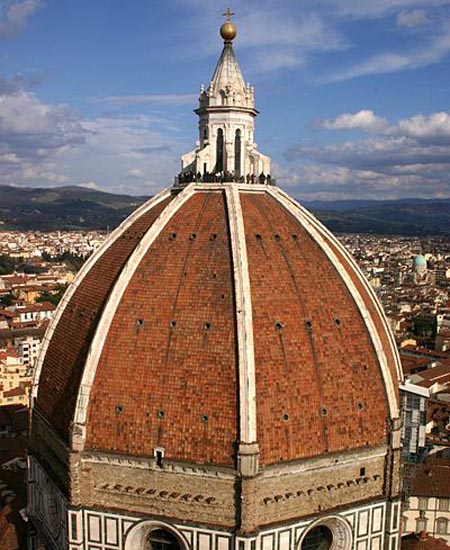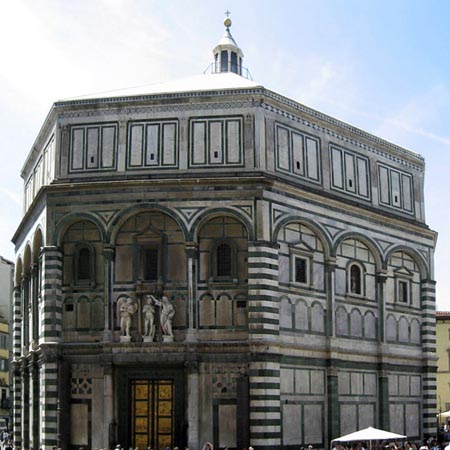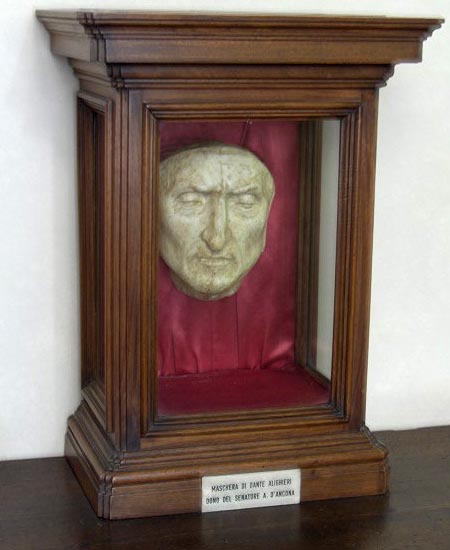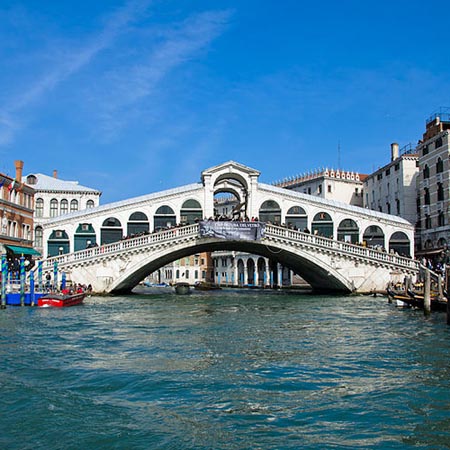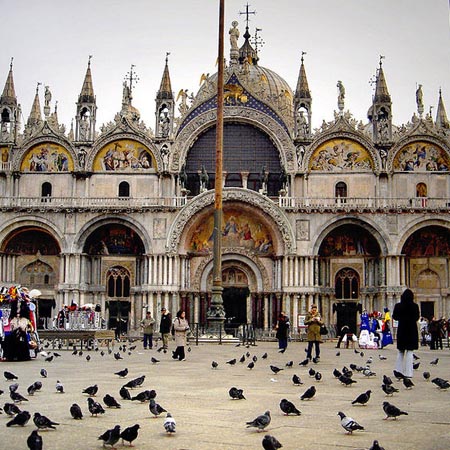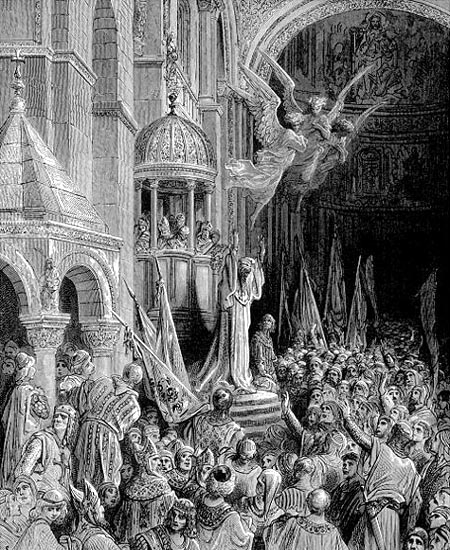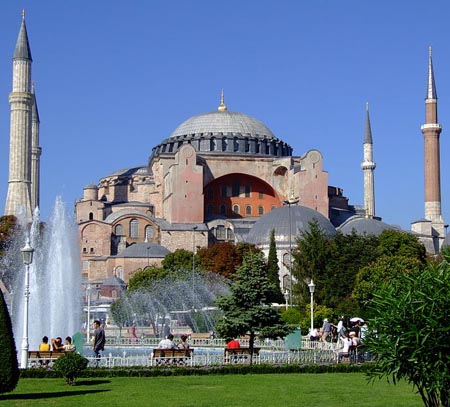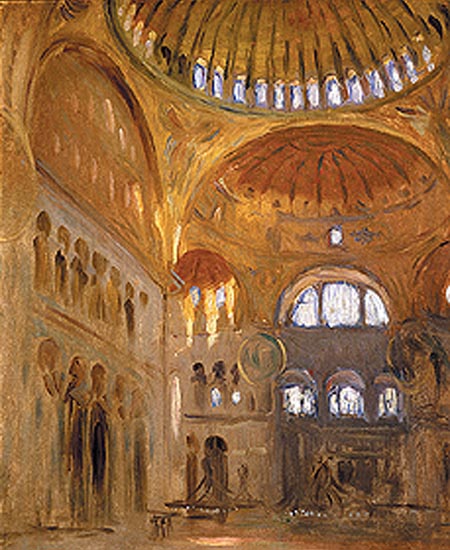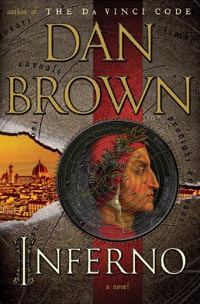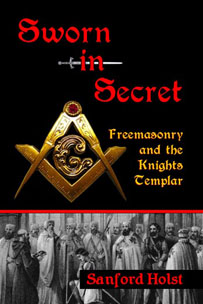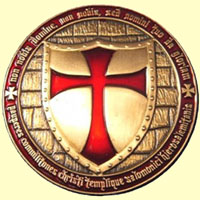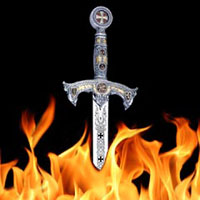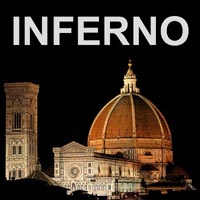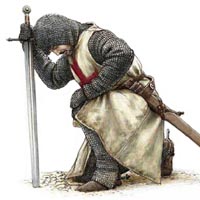|
Illustrations for Dan Brown's Inferno |
|
|
Inferno illustrations
Illustrations for Dan Brown's Inferno These illustrations shed light on many of the people, places and clues discovered in Dan Brown's Inferno novel. Dan's complicated trail of action and clues can be fascinating -- but also a little difficult to follow sometimes. So as you read through the book you may want to check these illustrations and get a clearer picture of who, where and what is going on. And if you enjoy them like many other people already have, you'll want to tell your friends by share, tweet or post so they can do the same. Leading off this gallery is the image above. In it, Dante sees Beatrice, the love of his life. She later appears to him as he goes through his experience in hell (inferno). This 1883 painting by Henry Holiday shows the famous Ponte Vecchio or Old Bridge of Florence in the background. In Dan Brown's Inferno.... The prologue opens in Florence, Italy, with a man running past the Uffizi, the Palazzo Vecchio, and the Bargello, then turning west. I have been to that city, but even so could not figure out where he ended up. So I made this little map. An "X" marks the spot. As you may have noticed, a picture makes it easy.
Credit: Holst Badia What did the running man find there? Something referred to as "the spire of the Badia." That is about as understandable as the inside of a fortune cookie written in Chinese. But the place actually exists, and here it is. Known formally as the Badia Fiorentina, you see the spire on the right. On the left is the square tower of the Bargello.
Credit: Sailko Legs In chapter one we are told, "She pointed now to a writhing pair of legs, which protruded upside down from the earth, apparently belonging to some poor soul who had been buried headfirst to his waist." That is inspired by this particular scene in Dante's Inferno. The drawing was made by Gustave Doré in 1861. If you are one of the bookish types who actually looks these things up (OK, I'm guilty, I did it too) it appears in Canto 19 around line 49.
Credit: Doré
There are many other people, places and things of note that either appear in Dan Brown's story directly or are relevant to it. Among them are the following. Palazzo Vecchio This "Old Palace" was built to be the city hall of Florence in the 1300s. Its famous tower stands 300 feet high. Like many other buildings in Florence, the Palazzo Vecchio is now a museum.
Credit: Jansoone Dante Alighieri Dante's Inferno led to Dan Brown's novel of the same name, and he is important to this story. Born in Florence around 1265, Dante was later banned from that city for resisting the pope's political authority there. After the Templars began to be arrested in 1307, were put on trial in Italy and other countries, and hundreds of them were burned to death, the words of Dante's Inferno came pouring out of his pen.
Credit: Botticelli Beatrice Portinari Dante fell in love with Beatrice when he was only nine years old, but would love her all his life. Unfortunately his parents signed a contract for him to marry someone else, so he and Beatrice could never become a couple. Then she tragically died when he was 25. Yet in his writings, she was everywhere. She appeared briefly to him in Inferno, then escorted him through heaven in Paradiso. Here we see them together at last.
Credit: Doré More Illustrations of Dante's Inferno.... Dante's unusual scenes creep into Dan Brown's novel in different ways. To see what is going on it really helps to see pictures. Otherwise it's hell, so to speak. Here are more illustrations.
Botticelli Sandro Botticelli was a painter in Florence who suffered the unfortunate fate of having his work become much more famous than himself. His "Birth of Venus" is widely recognized and still used today as an image of beauty and radiant good health. Hardly anyone can recall whose hand and artistry created it.
Credit: Botticelli Map of Hell One of Botticelli's less well-known works is very relevant here, and that is his La Mappa dell' Inferno -- the map of hell.
Credit: Botticelli Duomo This is the grand cathedral of Florence, and bears the lengthy official name of Basilica di Santa Maria del Fiore. It is traditionally called the Duomo because of its large, distincitve dome. This is perhaps the single most well-known landmark of the city.
Credit: Enne Porta Romana Back when Florence was a walled city, this was the main gate. Now most of the wall is gone, but the Porta Romana gate is still there, able to tie up traffic on occasion.
Credit: Sailko Cosimo de' Medici As heir to his family, young Cosimo became Duke of Florence, but through military and political means he took contol of all the surrounding lands and became Grand Duke of Tuscany. He moved the family seat to Palazzo Pitti, south of the Arno River, and that caused him to build the secret passageways of Florence.
Credit: Bronzino Florence Map This is a slightly wider view of Florence showing more of its famous locations.
Credit: Holst Secret Passageways (Vasari Corridor) Cosimo de' Medici ordered this collection of passageways to be built in 1564 so he could move about the city of Florence in safety and without being seen. Giorgio Vasari completed the task for him, and the corridor is shown here crossing the Ponte Vecchio, mixed in with the upper levels of buildings on the bridge.
Credit: Gayo More Illustrations of Secret Passageways.... Get a closer look into the world of secret passageways in Florence with these illustrations and map.
Cerca Trova Vasari was also a prolific painter and included the strange words "cerca trova" on one of his paintings. It means "search and find," a phrase that haunts Robert Langdon in his nightmare.
Credit: Vasari Michelangelo This extraordinary artist was actually named Michelangelo di Lodovico Buonarroti Simoni, so you can understand why everyone just called him Michelangelo. Known mainly as a sculptor and painter, he was a true Renaissance man with many talents. He sculpted the beautiful Pietà when he was only 24, then he went on to paint the ceiling of the Sistine Chapel at the Vatican, a role in which he is often portrayed and remembered.
Credit: Jacopino del Conte David Perhaps Michelangelo's most famous sculpture was his colossal and magnificent David, which he crafted when he was 29 years of age. Commissioned by the city of Florence, It stood in front of the Palazzo Vecchio for many years, before being moved to the more sheltered confines of the Accademia Gallery in Florence.
Credit: Gaya Campanile by Giotto Giotto di Bondone was the Florentine painter and architect whose most visible work was his design of the distinctive Campanile bell tower that serves the Duomo, and stands beside it.
Credit: Perillo Brunelleschi's Dome Filippo Brunelleschi was an engineer and architect, which sounds rather boring, except for the fact that he created wonders of art with his skill. The most famous of these is the dome of the Duomo cathedral that gives it that name. It was the largest dome built since the days of the Romans. That it is still standing and still beautiful adds to his accomplishment.
Credit: Kovalchek Baptistry of San Giovanni In front of the Duomo stands this smaller building of similar design, where Dante and many other people of his day were baptized. The large, elaborate and heavy doors are known as the "Gates of Paradise."
Credit: Gryffindor Harris Tweed Worn by Robert Langdon The coat worn by Robert Langdon is always Harris Tweed, and he notes that the label inside his coat includes the red Templar cross.
Credit: Harris Tweed Dante's Death Mask This is a replica of the death mask made for Dante shortly after he passed away in 1321. Robert Langdon tries to get inside his head.
Credit: JoJan Rialto Bridge in Venice This is the famous and beautiful bridge found in Venice, Italy. The canals and lagoons of Venice are part of its mystique.
Credit: Chene Beck St. Mark's Basilica Standing in the heart of Venice, St. Mark's Basilica contains the relics of Mark the Evangelist . . . and possibly more?
Credit: Tetraktys Dandolo Preaching the Crusade Enrico Dandolo passionately urged the launching of another Crusade in 1202, in which he led troops from Venice to the battle at Constantinople, which is now called Istanbul.
Credit: Doré Hagia Sophia in Istanbul First it was a church, then a mosque and now a museum, Hagia Sophia is one of the most easily-recognized places in Istanbul.
Credit: Jerzy Kociatkiewicz Inside Hagia Sophia This spectacular place contains a vast area, with many mysterious objects, spaces and secrets. This golden image inside the dome was painted by John Singer Sargent in 1891.
Credit: Sargent So....there you have as many illustrations as we can show you without giving away too much of the story. For the rest, read the book....
In real life the Templars who survived those fiery attacks during Dante's day escaped to live in secrecy outside the law. That act of defiance grew into a rebellion that gave them a measure of revenge on the Vatican and kings who had attacked them. Their story is now told in Sworn in Secret: Freemasonry and the Knights Templar. It reads like a Dan Brown novel, with its trail of clues that reveal the struggles between Templars and the Vatican, but these are real people and events. Two intriguing books--- Dan Brown's Inferno Illustrations Inferno Sworn in Secret. Illustrations for Dan Brown's Inferno web design by webwizards © 2013-2025 Santorini |
When many Templars were burned to death after 1307, it inspired Dante to write his Inferno. That in turn inspired Dan Brown to write his Inferno. But the story of the surviving Templars is in many ways as fascinating as those two works of fiction.
Templars Intriguing new sources light up this stirring story of the Knights Templar. By following the lives of individual knights we get to experience their rise, fall and survival. Those who avoided being burned at the stake were forced to live in secret outside the law. In time they had their revenge on kings and the Vatican for their fallen brothers. See Templars book review. Book Review of Dan Brown's Inferno These intriguing details of Dan Brown's Inferno book will whet your appetite for more. See the Inferno book review
Secret Passage-ways in Florence Built by the notoriously secretive Medici family, this passageway actually exists, and Robert Langdon finds danger there at every turn. See Inferno passageways.
Facebook Page The Knights Templar page on Facebook stays up to date on what is happening in that world and this one. Check it out on the Facebook page.
Dan Brown Inferno Illustrations |
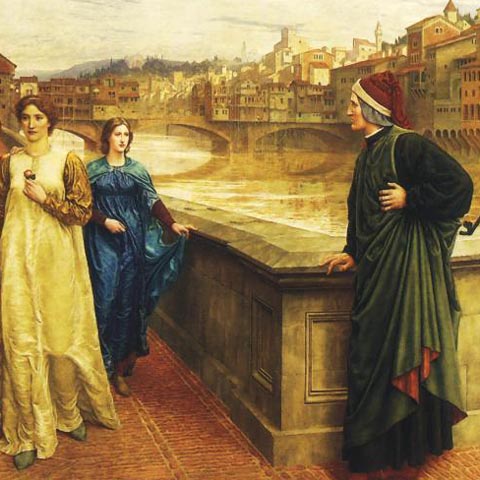

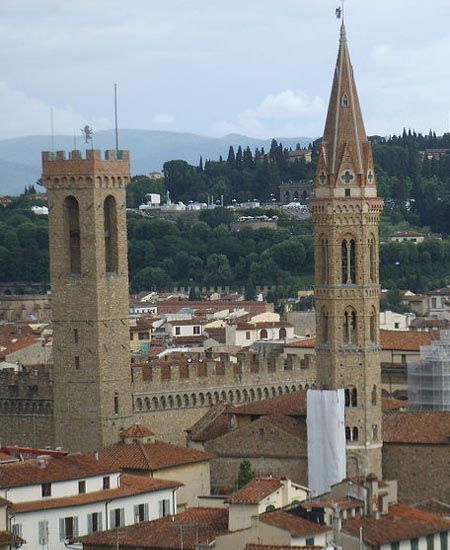
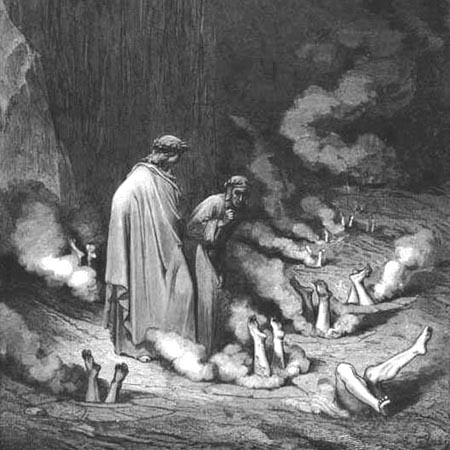
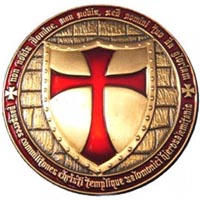 To
digress for a moment, the interest and passion that got me into all this
was the Knights Templar. Dante's inspiration for his Inferno
came when the Templars were burned at the stake. This fit in perfectly
with my book Sworn in Secret which follows the trail of
clues that set the Vatican against the Templars and Masons. This is the
kind of high risk adventure you dream of seeing in a Dan Brown novel. And
it actually happened. Follow this exploration deep inside the lives of
individual knights and experience some intriguing discoveries.
To
digress for a moment, the interest and passion that got me into all this
was the Knights Templar. Dante's inspiration for his Inferno
came when the Templars were burned at the stake. This fit in perfectly
with my book Sworn in Secret which follows the trail of
clues that set the Vatican against the Templars and Masons. This is the
kind of high risk adventure you dream of seeing in a Dan Brown novel. And
it actually happened. Follow this exploration deep inside the lives of
individual knights and experience some intriguing discoveries. 